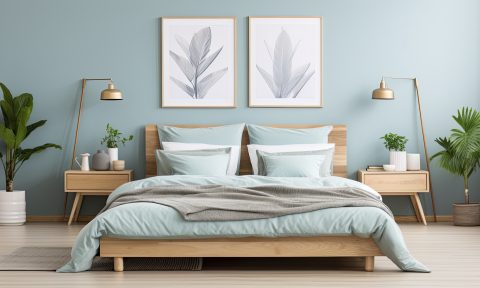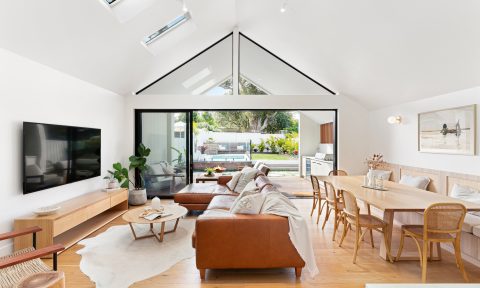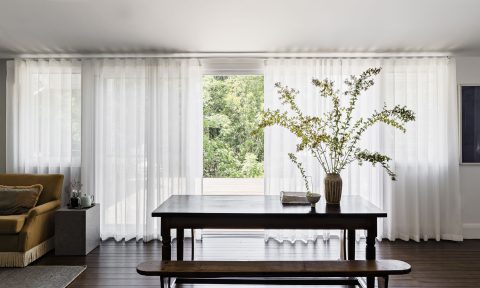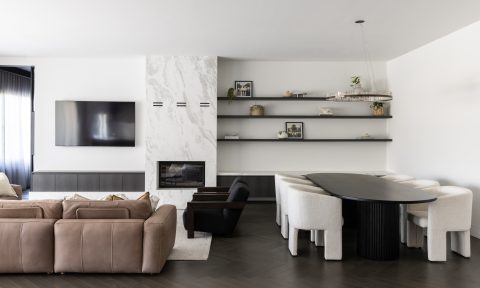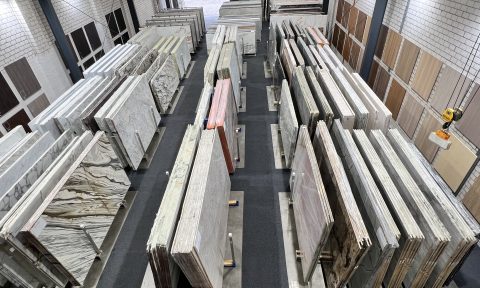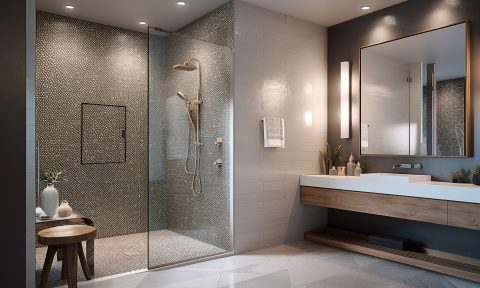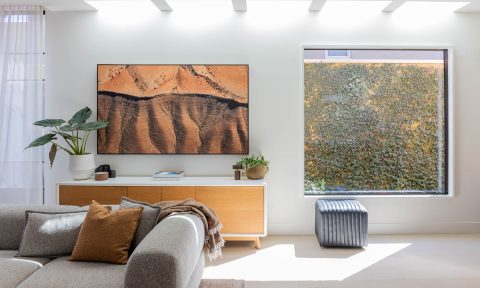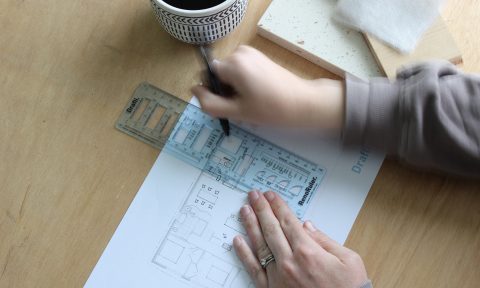Imagine if every time you cooked a recipe you went out shopping for all the ingredients from scratch. The butter, sugar, eggs, flour, herbs and spices… all the staples you’d realistically expect to find in any cook’s kitchen. You’d not only be wasting a lot of needless time hunting down ingredients, you’d also be wasting money as you toss out leftovers and start afresh each time. Wouldn’t it be a much smarter approach to buy all the key ingredients in bulk and maybe whittle your repertoire down to a few favourite recipes? After all, some of the world’s most successful restaurants don’t have a book-sized menu; they offer just a few key dishes and do them exceptionally well.
This is the rationale I apply to cosmetically renovating properties for profit. Welcome to what I call the “cookie cutter” approach.
Cookie cutting your way to riches
Why cookie cutter?
For cosmetic renovations on low-budget properties, you simply don’t have the budget – or the need – for individual design. Not if you’re in it to make a profit. In modest suburbs, there’s always going to be a price cap on what buyers will pay for a renovated property, so the more you spend on unnecessary extras, the more you’re eating into your profit margin. Or worse, losing money. By developing a palette of colours, materials and even tradies that you transport from one project to the next, you streamline all your costs and reduce wastage.
Employ timeless design
The trick is to use colours and quality finishes that stand the test of time. It doesn’t mean every look is the same – you might have two or three different colour palettes to choose from, the same with flooring, kitchen finishes, etc – but the point is you have all those materials ready to roll out on every project. I provide my students with a Cosmetic Style Guide, which lists all the colour palettes and materials they need to buy, depending on the value of the property and buyer/renter expectations. It might be simple micro blinds for a low-priced property; plantation shutters for a higher price point. Laminate benchtops for the budget kitchen; Caesarstone for the next step up. Then you add individual flair, like a colourful feature wall or striking wallpaper, or some terrific retro lights, or a splashback of interesting tiles. None of those things are costly, but add real wow factor. And property styling at the end will be your final masterstroke.
Save on labour costs
Taking a cookie cutter approach means your team of tradies know exactly what to do with any new project, so there’s no need to be on site every day, micro-managing every detail – like you would if you were inventing a new look each time. Tradies can just get on with the job, and you can get on with finding new profitable projects to work on. The key is to replicate a successful template across all your projects, so you get maximum time, labour and cost efficiencies.
Here are four different looks that all use my cookie cutter concept. You can see the similarities, but also the subtle differences that give each their unique personality. After more than 25 years of profitable renovating across 100+ properties, I can safely vouch for the success of this proven formula.
Project 1
Gross profit: $45,000
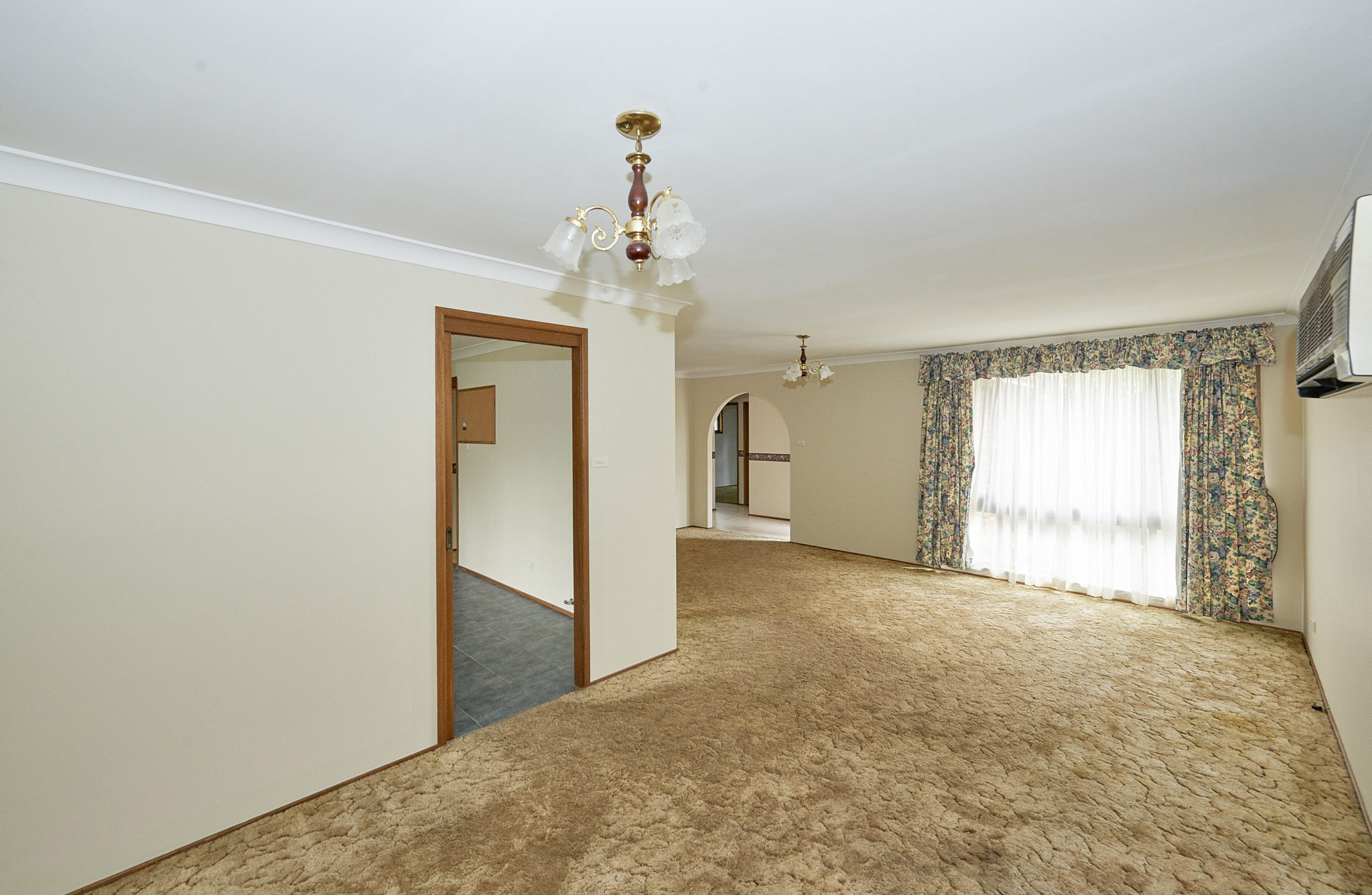
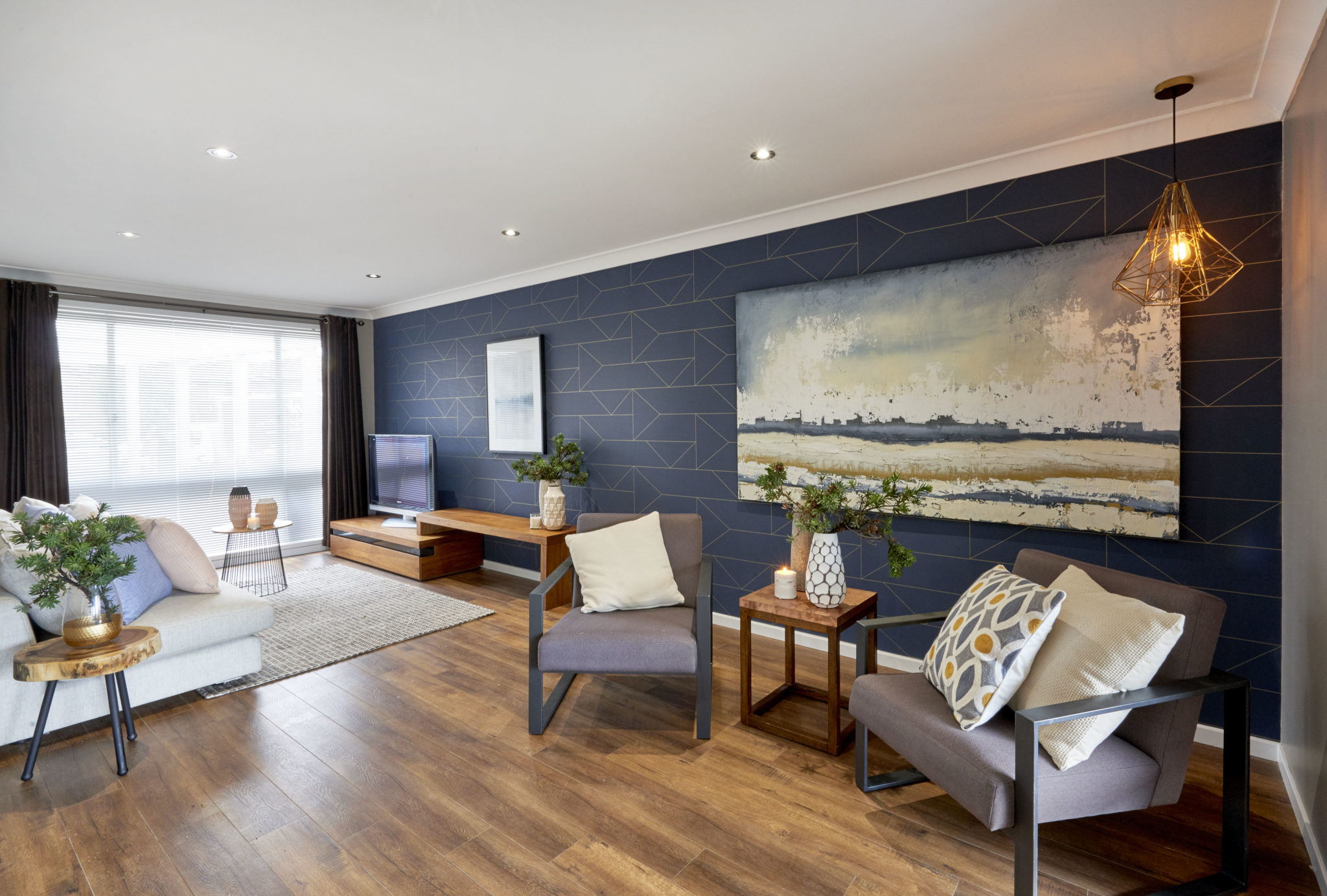
Project 2
Gross profit: $40,000
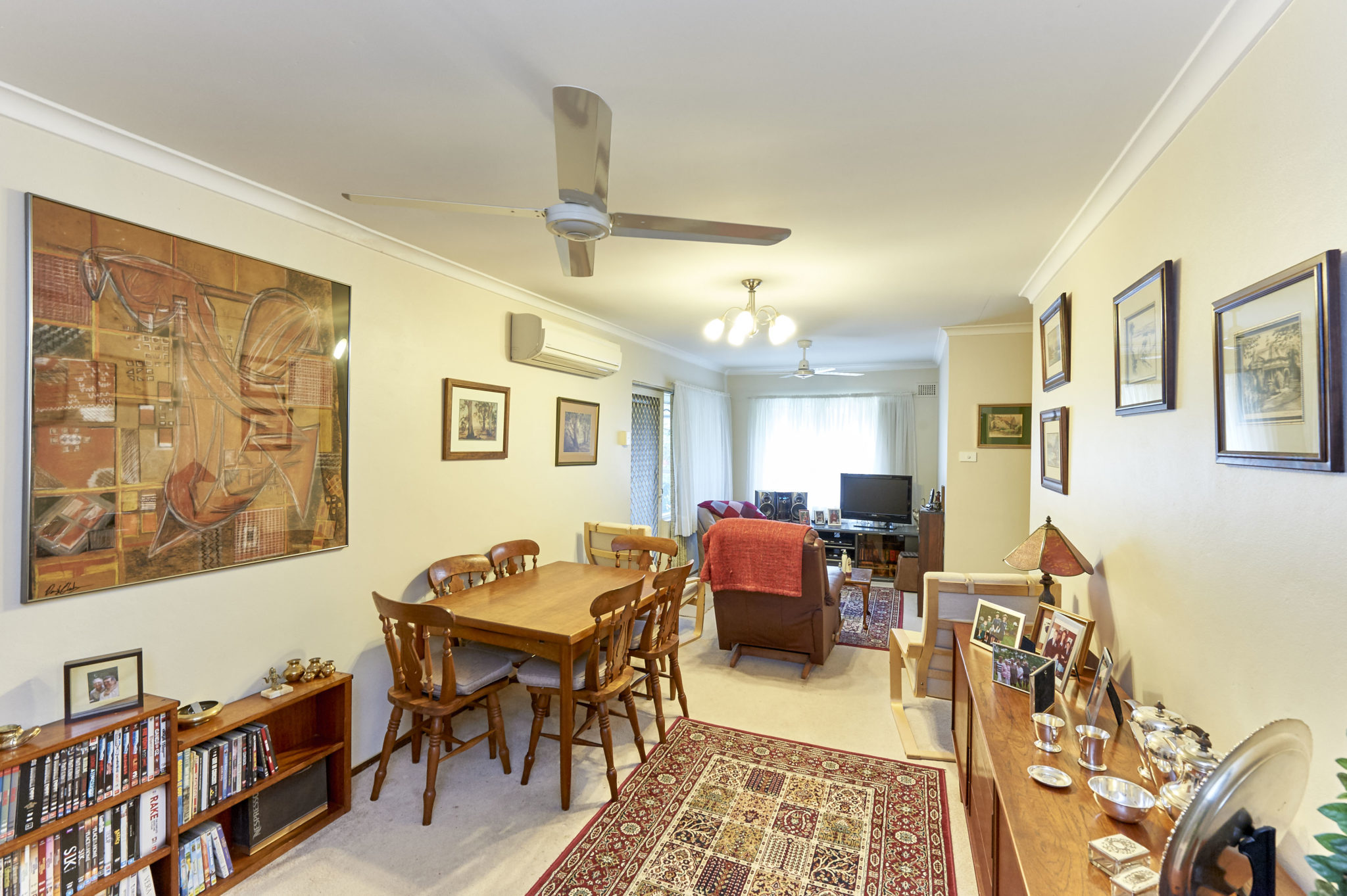
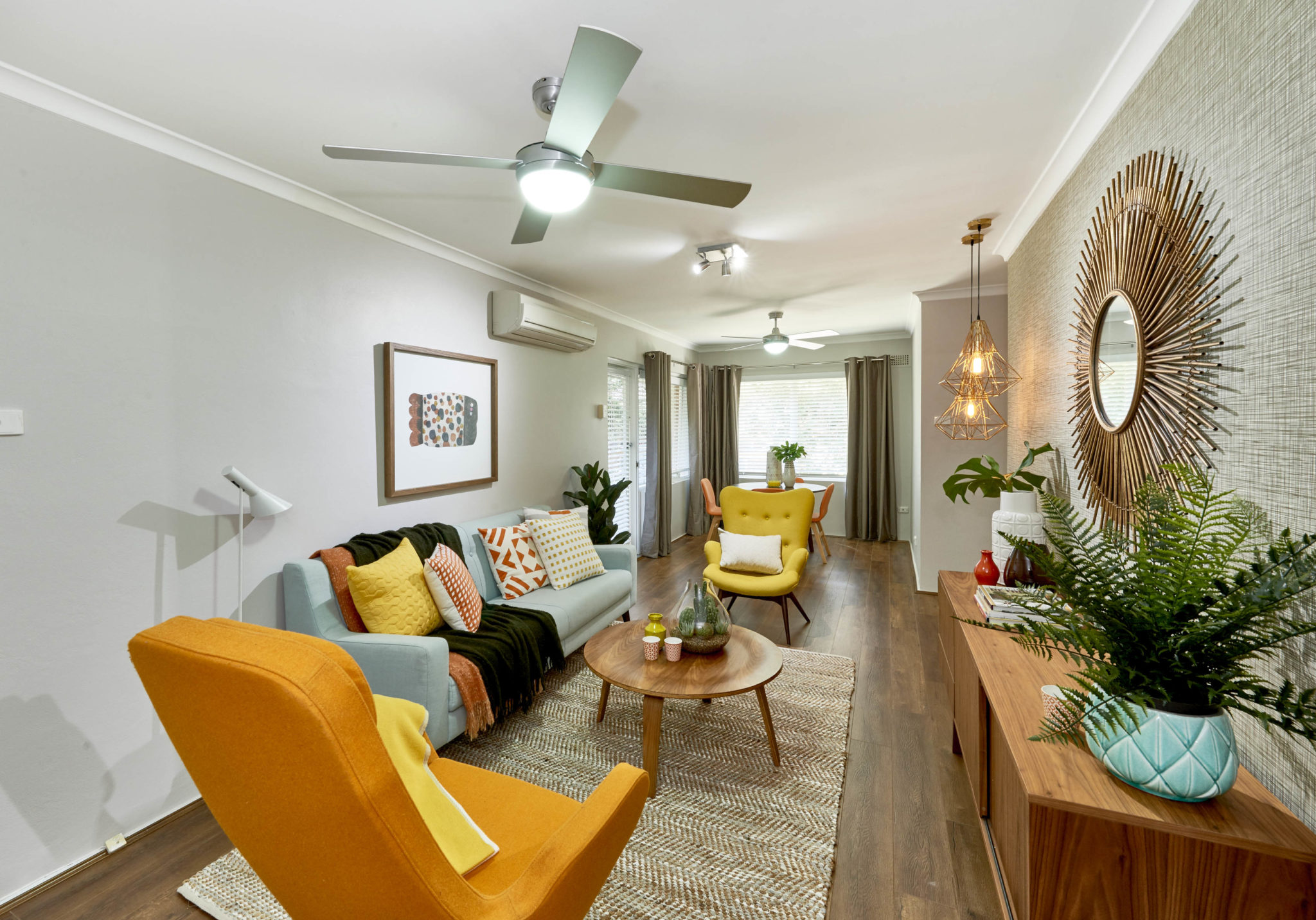
Project 3
Gross profit: $35,000
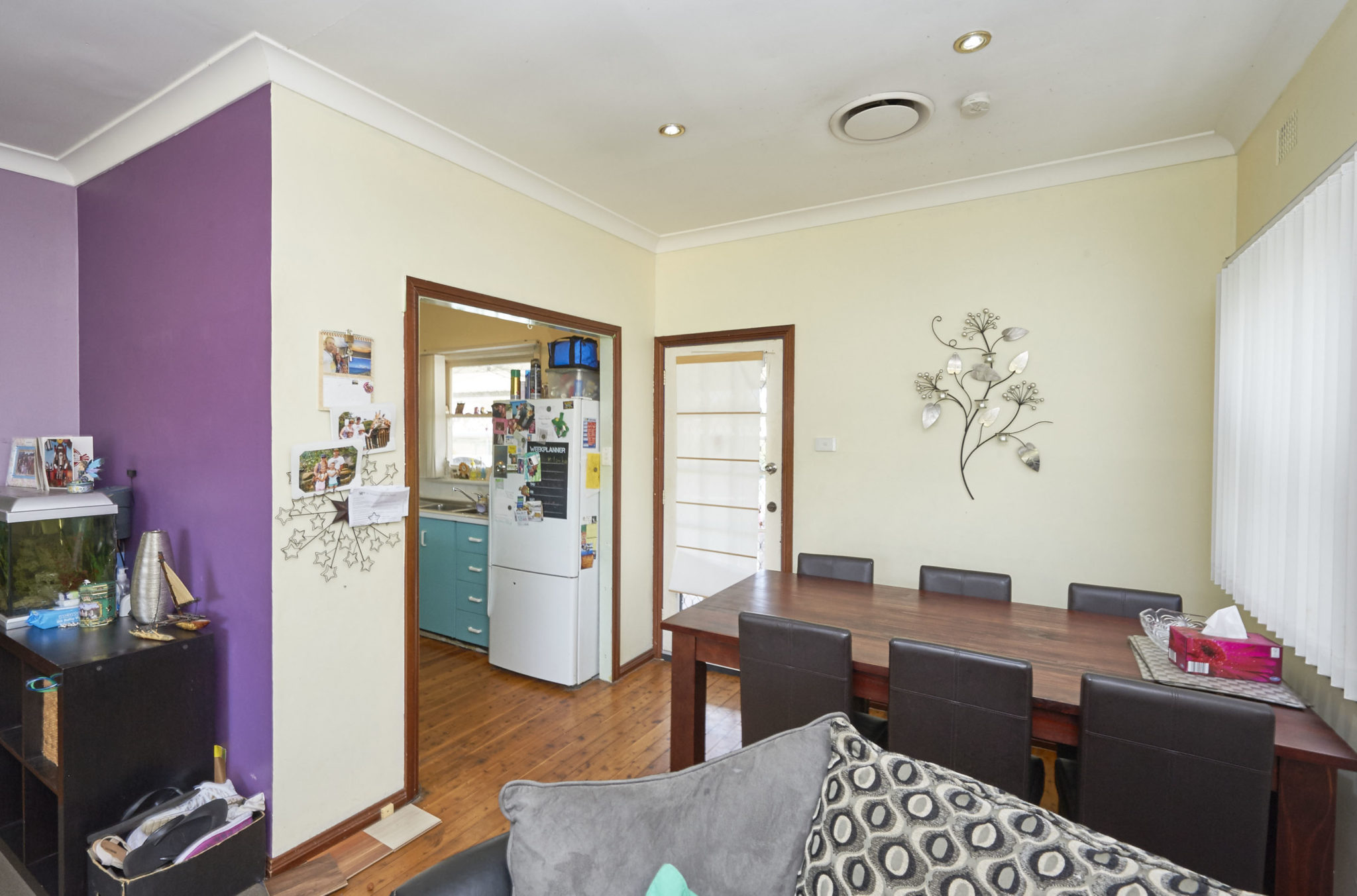
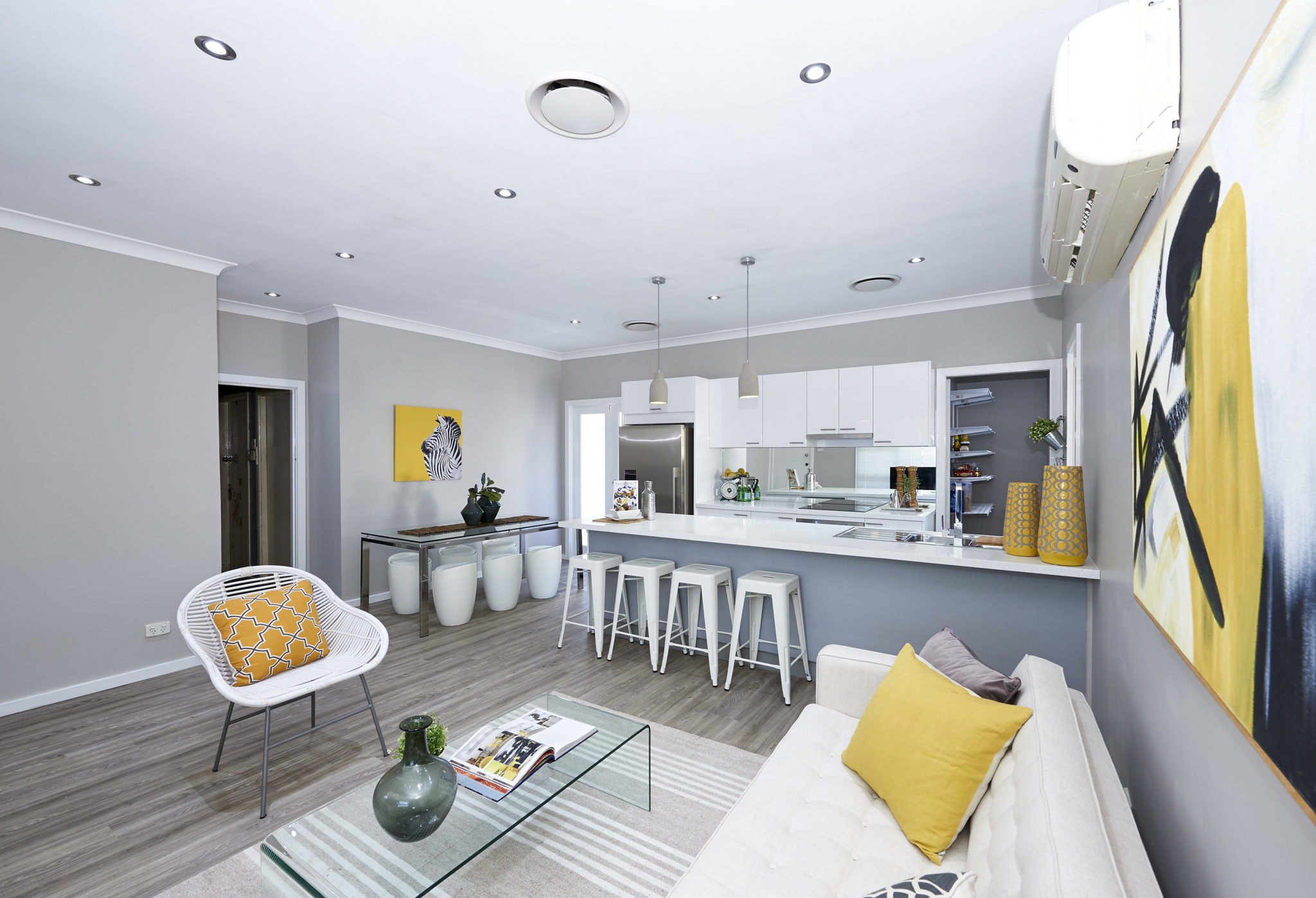
Project 4
Gross profit: $66,000

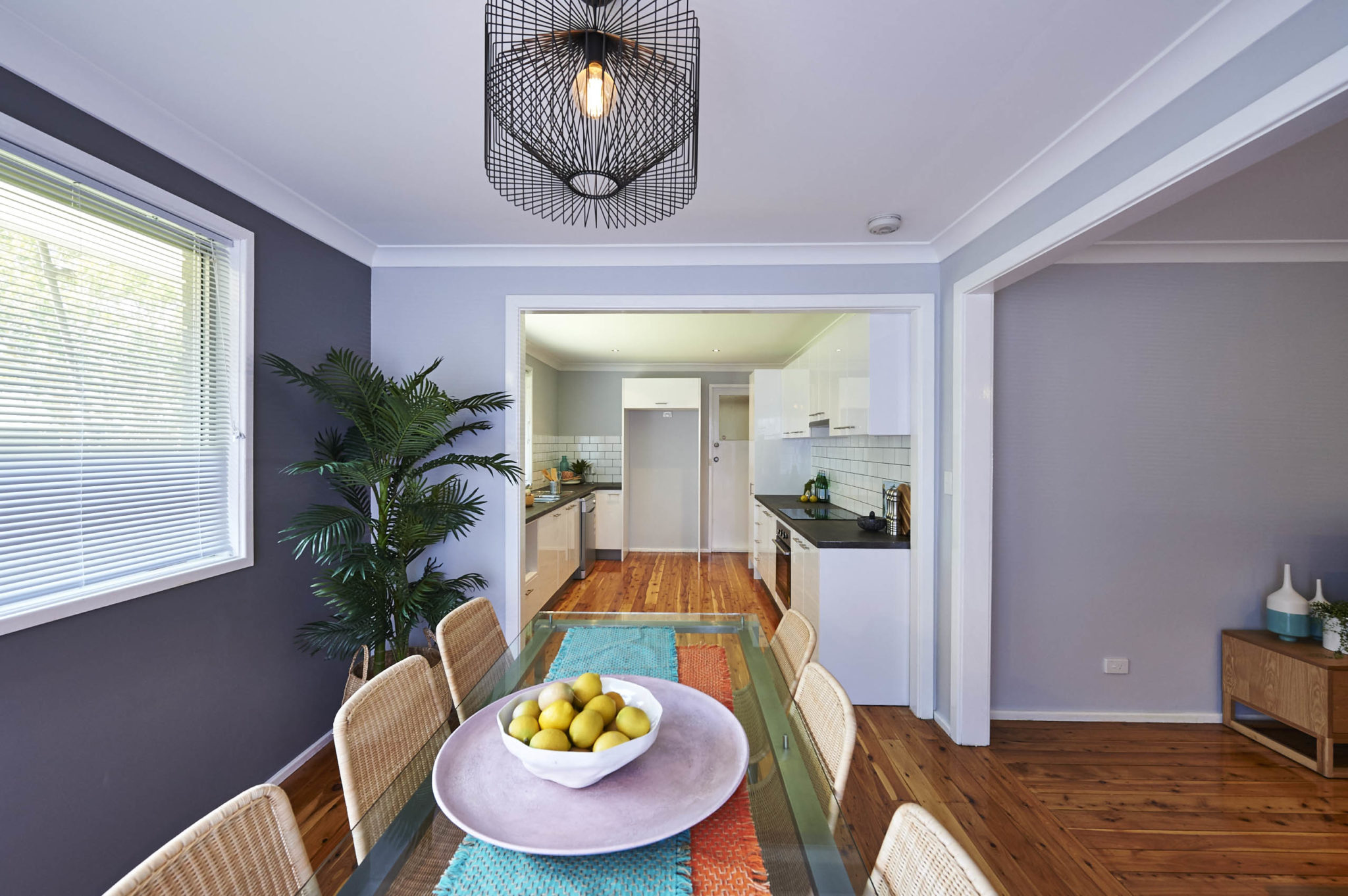
Cherie Barber is the director of Renovating for Profit, a company that teaches everyday people how to buy and renovate properties for a profit.
